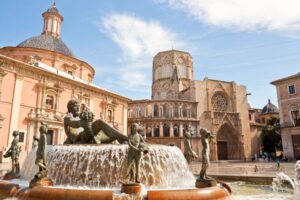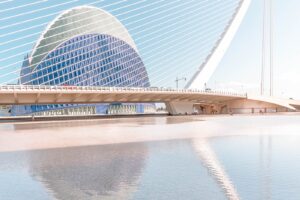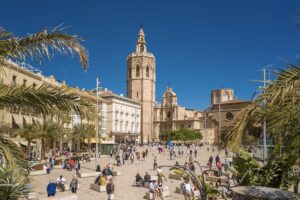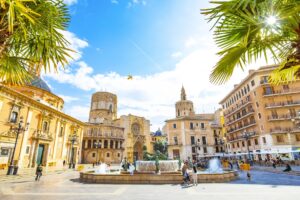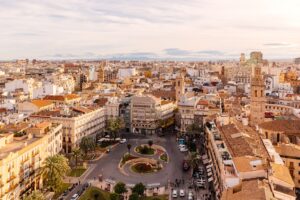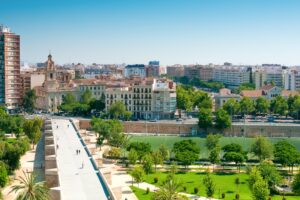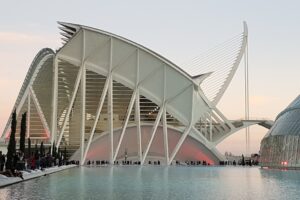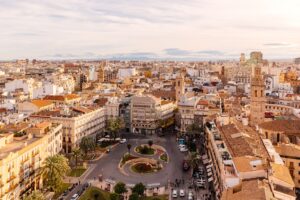It was a hot summer’s day in Valencia when Margarida Borrás was hanged. Despite the heat, the Plaza del Mercado was packed with onlookers, drawn by the morbid allure of public executions, which served as both a deterrent and a source of entertainment in the 15th century. The atmosphere was reminiscent of a modern-day sports event.
Today, it’s challenging to envision such scenes. The square, adorned with elegant buildings and lively visitors snapping selfies, leads to the iconic Mercado Central, one of the city’s most cherished attractions. While the square appears vibrant and joyful, beneath its facade lies a tragic history that cannot be ignored.
Read More



